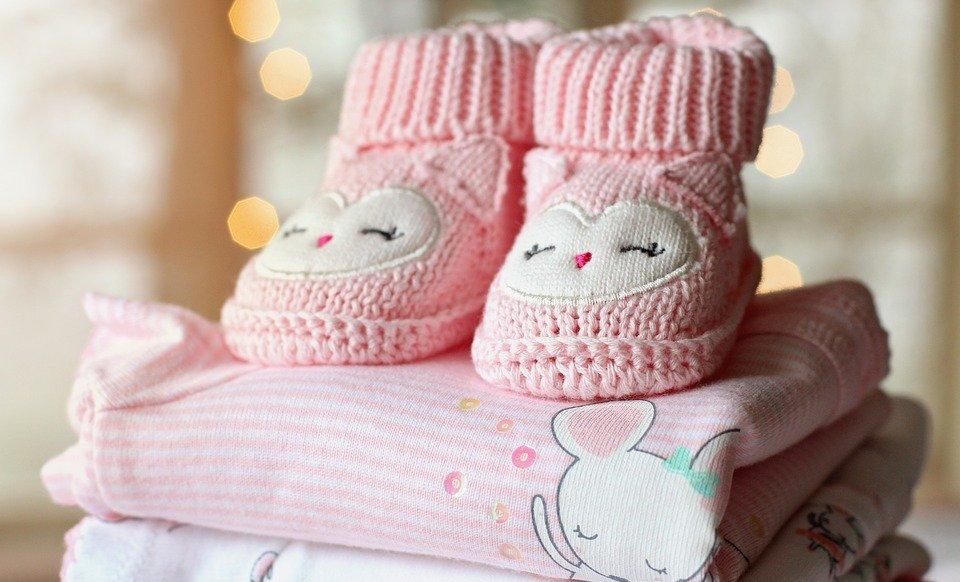Author 丨 蹇家欣
Review 丨Zoo Mengling
Producer 丨 Xiao Xiaoyun
As soon as winter enters, the child begins to get sick repeatedly, and the physical problems are continuous, which makes many parents and parents very distressed. Children are weak in resistance and enter the cold and dry winter, and parents should indeed pay more attention. Today, Gao Feng's parent-child time will clear the four major misunderstandings for parents to take care of their children in winter, and ensure that their children spend the winter healthily and happily.
Myth #1: Give your child too much clothes

In the winter, parents are always afraid that their children will be frozen when they go out, and they always like to dress their children in three layers and three layers outside, covering them tightly and firmly, afraid of catching a cold. Sometimes adults think the temperature is just right, and when it comes to children, they have to put on another coat. In fact, parents do not know that children's metabolism is more vigorous than that of adults, and the body produces relatively more calories. Coupled with the child's natural love to move, blood circulation is accelerated, as long as the dress is not too thin, the child will not feel cold. On the contrary, if parents always wear too much clothes for their children, it will restrict the children's limb movements and affect motor development.
Myth 2: Cover your child with an overly heavy quilt
Parents will always worry that their children will be cold when they sleep alone at night, so they take out more than a dozen pounds of large quilts at home to cover their children with peace of mind. Covering a thick quilt does warm your child, but it can affect your child's sleep. The quilt is too heavy, the child will obviously feel the pressure when sleeping, and it is difficult to enter a deep sleep state when the muscles of the whole body are tense and cannot be relaxed. The quality of sleep declines, and the child's growth and development will also be affected to a certain extent. In addition, in winter, the home will generally close the doors and windows to resist the wind and cold, the air circulation becomes less, and the heavy quilt is pressed on the child's body, which is not conducive to the child's breathing. Many times children like to kick the quilt when they sleep, but also because the quilt is too heavy and feels uncomfortable. Parents can wrap their babies' bodies tightly before going to bed, tucking them around to avoid ventilation. It should be noted that the air does not circulate in winter, and do not cover your head with a quilt when sleeping, so as not to breathe smoothly.
Myth three: frequent bathing of babies
In winter, children's skin is dry, and parents feel that taking a bath and applying shower gel can make the skin slippery and moisturize the child's skin. But in fact, bathing the babies once a day in winter will make their skin more dry or even cracked. In the south, it is recommended to bathe your baby 2-3 times a week; in the north, it is recommended to bathe your baby 1-2 times a week. When bathing, try not to rub your child's delicate skin hard, and use toiletries to achieve the effect of cleaning the skin. After taking a bath, remember to dry the skin and apply the cream in time to protect your child's skin from drying and peeling in the winter.
Myth 4: Give your child snow boots
Although snow boots are warm and comfortable, it is best to wear fewer snow boots for children who are in the growth and development stages. The shoe type of snow boots is generally relatively fat, the foot will have a very large sliding degree in the shoe, and when walking, it will have to be controlled by the outside or inside of the foot, and over time it is easy to form a figure-eight gait. At the same time, the soles of some snow boots are very hard and very thick, which is not conducive to the grip of the feet and is easy to cause injuries to children's lower limb joints.
Even if you want to wear them, snow boots are best worn as home shoes and are not suitable for long-term walking or outdoor sports.